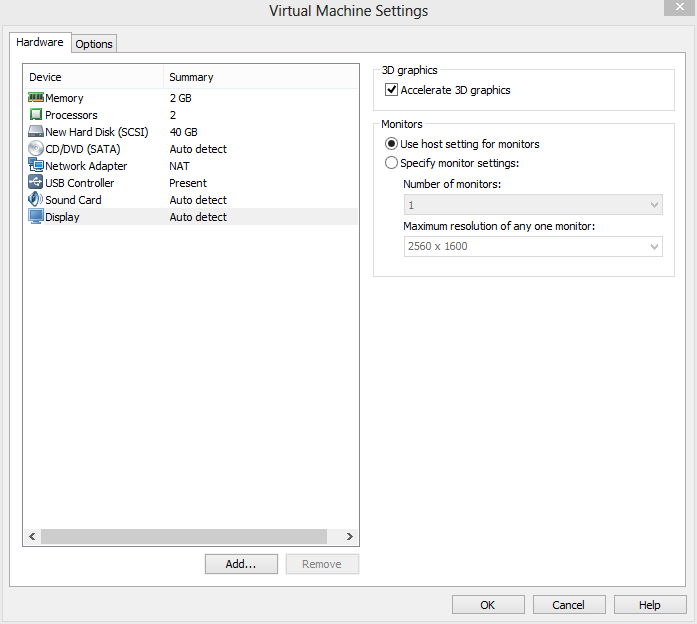

So not everyone will get this useful feature. In addition, if your drive hasĪ non-standard partition scheme-for example, if it’s part of a RAID, or if you partitioned the drive using Boot Camp Assistant and then tweaked the drive’s partitions later-the installer won’t be able to create Recovery HD.

GUID partition scheme and Mac OS Extended (Journaled) format, and it must be at least 13GB in size.

For starters, as AppleĮxplains, the drive must be formatted with a (If the drive was previously running Lion and already has a Recovery HD partition, the Mountain Lion installer simply updates the partition’s contents.) I say “attempts” because the installer is not always successful. When you install Mountain Lion on a drive, the installer automatically attempts to repartition that drive to create the invisible Recovery HD partition. Why you might not have a Recovery HD partition Separate from-but closely related to-OS X Recovery is a feature called Internet Recovery, which provides similar features even if your Mac’s drive is damaged or has been replaced. Also, because the Recovery HD volume is read-only, you can’t, say, copy your favorite third-party disk utility onto it to make that utility available in recovery mode. In other words, recovery mode won’t save you from every problem, and it’s no substitute for having a Of course, because the Recovery HD partition is actually part of your Mac’s internal drive or SSD, if that drive is having hardware problems, or partition-map problems, the recovery partition itself may be inaccessible. In fact, because Recovery HD is a separate partition-and one that’s invisible even to Disk Utility-recovery mode would be available at startup even if you were to erase your Mac’s startup drive. The idea behind recovery mode is that if you ever have problems with your Mac’s startup volume, you can boot from Recovery HD and perform some basic troubleshooting procedures without the need for an OS X installation DVD or thumb drive, or a separate bootable drive. (It was called Lion Recovery under Lion.) When you install Mountain Lion or Lion, the installer creates an invisible, bootable, 650MB partition-a portion of a drive the operating system treats as a separate volume-on your startup drive called Recovery HD that includes a few essential utilities for fixing problems, restoring files, browsing the Web, and even reinstalling the operating system. Recovery mode, officially called OS X Recovery. A major feature that debuted in Lion (OS X 10.7) and continues in Mountain Lion (OS X 10.8) is one I hope you’ll never need to use:


 0 kommentar(er)
0 kommentar(er)
